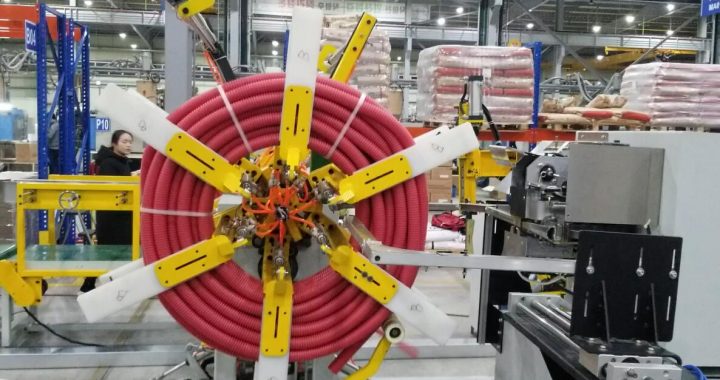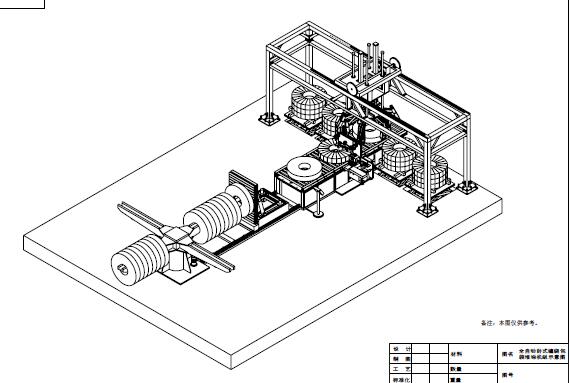Do you know that there are three rules for stretching?

Do you know that there are three rules for stretching? It can help your LTL load to appear in one section
Is this a problem or an opportunity? We can have a look at it!
Do you know what LTL is? – it is less than truck load – it is a challenge for pallet load.
Usually, they are very low in size. So we can see that their order is fragile and unstable. Or, they have a weird size. But, we all know that they are the hardest stretching membrane. And because they handle so much, we all know that they are at great risk of being damaged during transit. This is a very bad thing.
But don’t worry. Because we can reduce this risk in a certain way. What you need to do is follow these three rules, which is important. When the L load is covered by you, the chance that they can safely arrive at your client’s wharf will be greatly increased. It’s very good for you.
Now, let’s take a look at rule 1 – rule 1 is to pack them up!
Stretching is all about tension. Here we have guidelines that tell you a lot of things. How to wrap a more standard load is something you should know. What does it mean? How many pounds of containment you should have on your load is something you should know. However, in the load of L, we can see too many changes, so it’s very difficult if you want to apply them.
You know what the most important thing is? You know what’s not likely to happen? Those who actually stretch the inclusions have tools that measure the “tightness” of each load of their packages, which is what we often call a deterrent.




